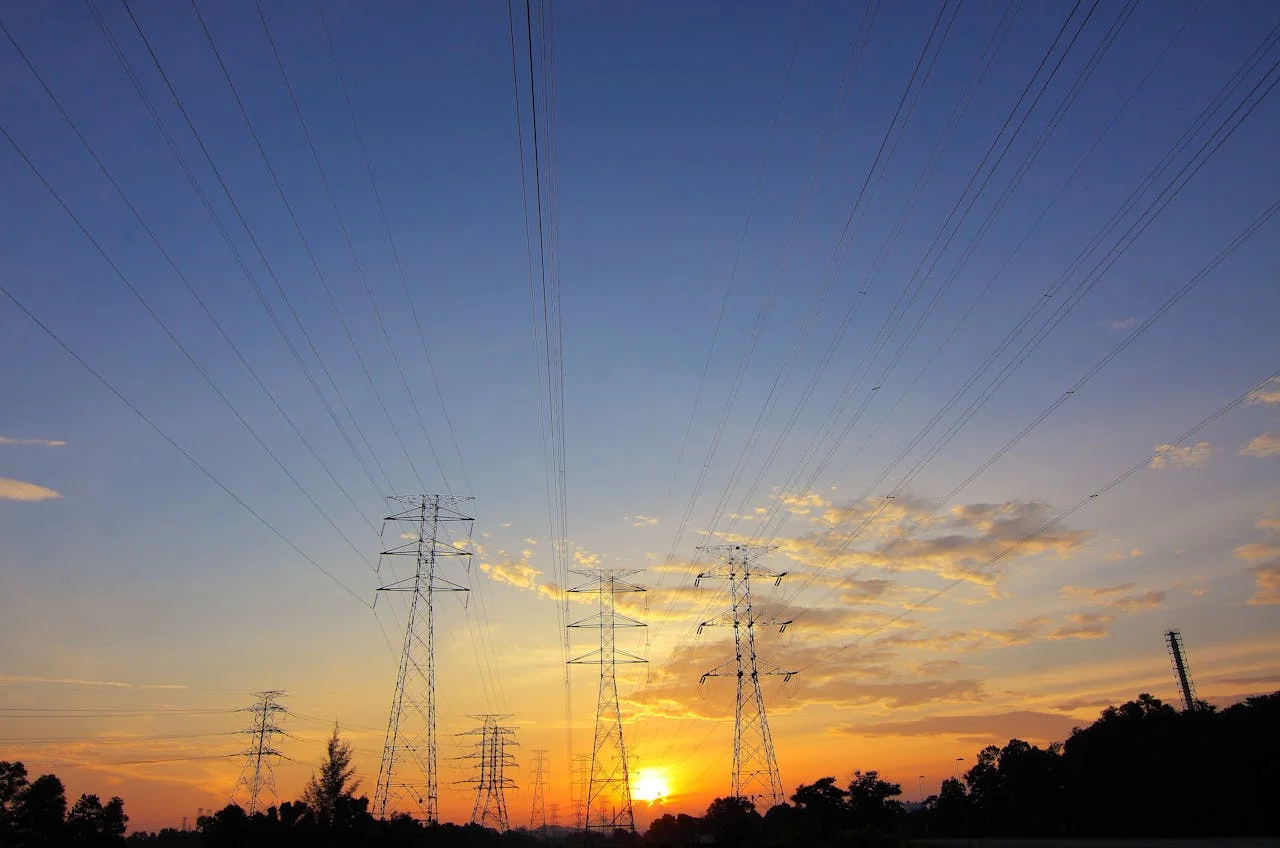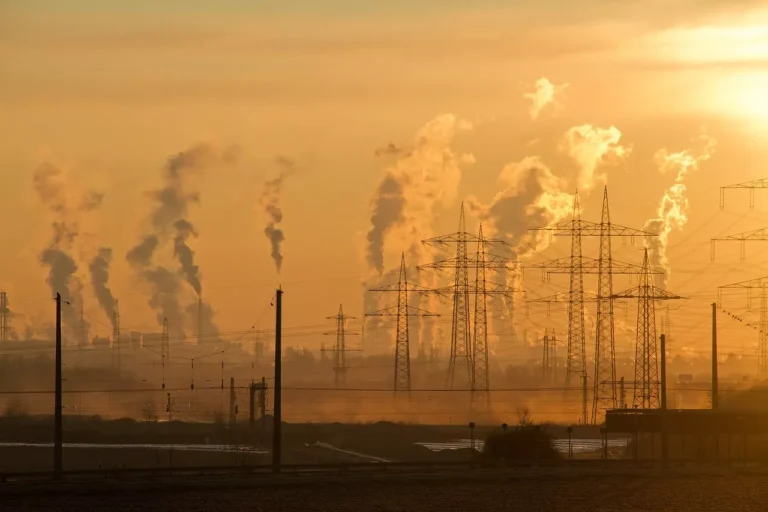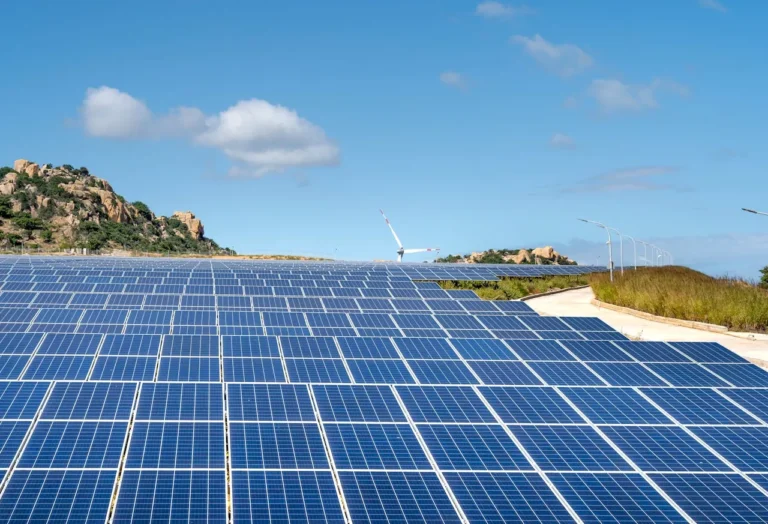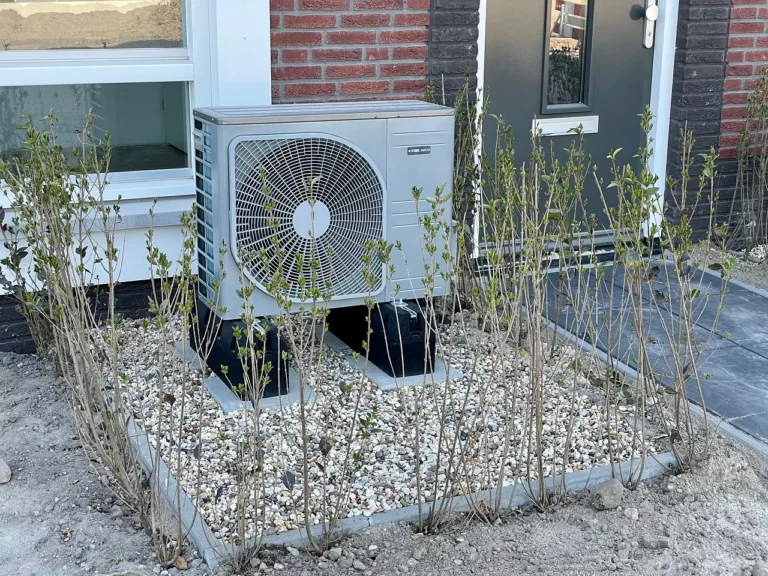
Duke Energy has restored power to more than 43,000 customers affected by the supercell storm that swept through Indiana yesterday, causing over 95,000 outages. As of 11 a.m. today, approximately 52,000 customers remain without power.
The storm caused outages from Wabash in the north to Clarksville in the south, with Bloomington and Terre Haute being the hardest hit, accounting for about 85% of the outages. High winds between 55 and 70 miles per hour caused significant damage in these areas.
Crews are making repairs while continuing to assess the full extent of the damage. Duke Energy will provide power restoration time estimates as more information becomes available. Extended outages are possible in the hardest-hit areas, particularly in rough terrain such as Monroe County, making assessment and restoration challenging.
“We have brought in more than 730 additional resources – linemen, damage assessors, and tree clearing workers – to supplement our statewide workforce and speed power restoration,” said Duke Energy Indiana President Stan Pinegar. “We’re also moving crews from less affected areas to those hardest hit. Our priority is always to restore service as quickly and safely as possible, and we appreciate our customers’ patience while we respond.”
The company is addressing broken poles, trees in power lines, and spans of wire down. “We also had damage on our electric transmission system, which includes power lines and structures that are our major carriers of power, but have made good progress on restoring those major ‘power highways,’” Pinegar said.
Power Restoration Process
During power restoration, the company prioritizes repairing large power lines and infrastructure to return power to the greatest number of customers as safely, quickly, and efficiently as possible. Essential services such as hospitals and water treatment facilities are also prioritized. Crews then work on repairs affecting individual neighborhoods and homes. For more information on how Duke Energy restores power, click here.
How to Report Power Outages
Customers can report power outages using the following methods:
- Visit duke-energy.com on a desktop or mobile device.
- Use the Duke Energy mobile app (download via Apple Store or Google Play).
- Text OUT to 57801 (standard text and data charges may apply).
- Call Duke Energy’s automated outage reporting system at 800.343.3525.
Customers can receive text, phone, or email alerts with power outage updates by signing up for outage alerts and texting REG to 57801.
Important Safety Tips
Duke Energy urges customers to avoid all downed power lines and assume they are energized. If a power line falls across a vehicle you’re in, stay in the vehicle. If you must exit due to an immediate life-threatening situation, jump clear of the vehicle and land on both feet, ensuring no part of your body is touching the vehicle when your feet touch the ground. More tips on storm safety can be found at duke-energy.com/safety-and-preparedness/storm-safety.
Duke Energy Indiana
Duke Energy Indiana, a subsidiary of Duke Energy, provides about 6,300 megawatts of owned electric capacity to approximately 900,000 customers in a 23,000-square-mile service area, making it Indiana’s largest electric supplier.
Duke Energy
Duke Energy (NYSE: DUK), a Fortune 150 company headquartered in Charlotte, N.C., is one of America’s largest energy holding companies. The company’s electric utilities serve 8.4 million customers in North Carolina, South Carolina, Florida, Indiana, Ohio, and Kentucky, and collectively own 54,800 megawatts of energy capacity. Its natural gas utilities serve 1.7 million customers in North Carolina, South Carolina, Tennessee, Ohio, and Kentucky.
Duke Energy is executing an ambitious clean energy transition, keeping reliability, affordability, and accessibility at the forefront as it works toward net-zero methane emissions from its natural gas business by 2030 and net-zero carbon emissions from electricity generation by 2050. The company is investing in major electric grid upgrades and cleaner generation, including expanded energy storage, renewables, natural gas, and nuclear.











